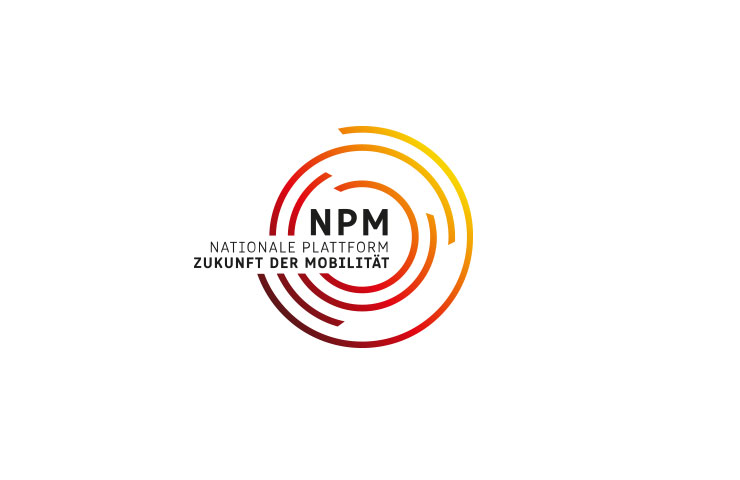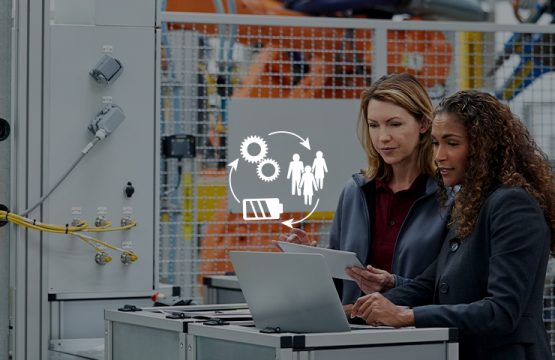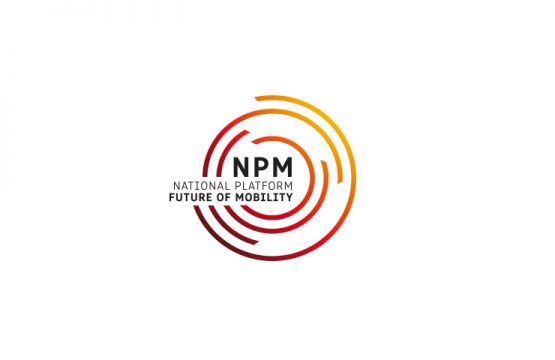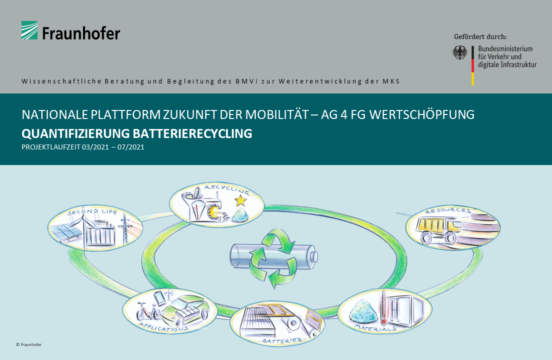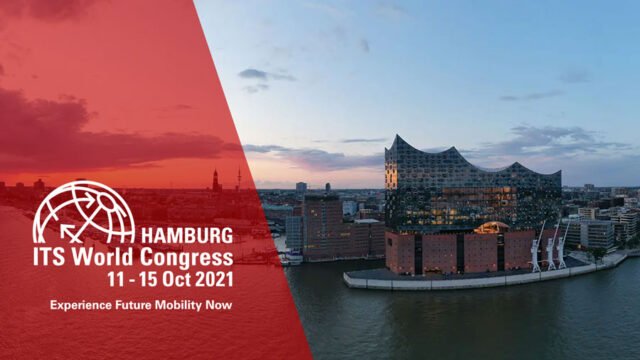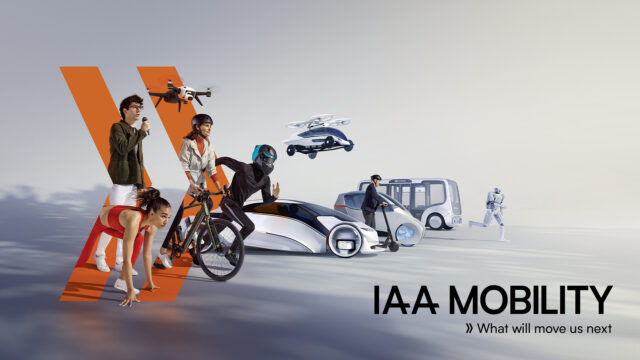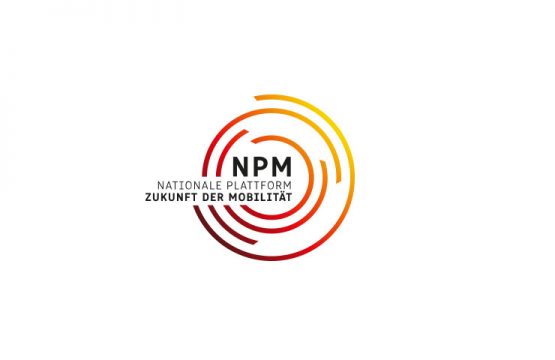“Our Steering Committee meeting took place against a difficult background. The coronavirus pandemic has been totally unforeseen and is having a massive impact on the economy; it is an additional challenge facing the transport and mobility sector. Our focus on the future of the mobility system cannot ignore the current developments. We need to think very hard about what comes next, but at the same time, we must not forget the longer-term prospect until 2030 and beyond. Credible, solid and innovative concepts for the future of mobility show that there is a way out of this crisis. This is why we are sticking with the mandate of the NPM, but will adapt it if necessary”, confirms Henning Kagermann, Chair of the Steering Committee.
WG 2 Report: Possible applications of alternative drives and fuels in real-live conditions
Electromobility, hydrogen, fuel cells as well as alternative fuels for internal combustion engines are all technologies which can reduce CO2 emissions from transport in the long run. The report presented to the Steering Committee has taken an optimistic view of the three technology concepts in real-live conditions. The report also shows the degree of reduction possible by 2030, depending on the mobility concept used and the level of application. The report further provides recommendations for action, such as a promotion of technology and research as well as a combination of the different drive systems. The main focus is on road traffic, i.e. individual transport and HGV traffic. Different options for other modes of transport – rail, air and inland waterways – were also looked at.
WG 5 Reports: Charging infrastructure as a challenge: public, user friendly, economical
Charging electric vehicles is a new experience for users which is quite different from traditional refuelling processes. In its paper Kundenfreundliches Laden – Fokus öffentliche Ladeinfrastruktur [“User-friendly charging – focus on the public charging infrastructure”], WG 5 presents common definitions for the first time and develops recommendations for market participants and industry organisations to make charging a more pleasant experience for users. According to the paper, charging can be seen as user-friendly when it is easy, widely available, transparent and safe. Another competitive aspect is how comfortable charging is.
In its report Bedarfsgerechte und wirtschaftliche öffentliche Ladeinfrastruktur [“Needs-based and economical public charging infrastructure”], the WG uses different scenarios to further develop the concept for determining the necessary charging infrastructure requirements for electromobility. The calculations take into account energetic and output-based needs, efficiencies as well as the interaction between different charging and output options. The report further shows the main factors that have an impact on the implementation of a needs-based and economical development of the public charging infrastructure, even beyond the end of the funding period in 2025.
WG 6 Reports: Whitepaper “Certification and Type Approval”, Roadmap “Intelligent Load Management”, Roadmap “Automated and Connected Driving”
The White Paper describes the status quo of vehicle certification and type approval processes as well as the requirements for a communication and transport infrastructure in the context of cooperative, connected and partly automated mobility. The White Paper also gives recommendations for action and standards.
The two roadmaps provide a strategic framework for standardisation activities in the areas of intelligent load management as well as automated and connected driving. As a result of the wide-ranging introduction of electromobility and increasing demands caused by charging of electric vehicles, the power supply system needs to be adapted. The Roadmap “Intelligent Load Management” shows how an overloading of the power grid can be avoided through management and distribution, and what standards are needed for a nationwide and universal implementation. The Roadmap “Automated and Connected Driving” gives an overview of standardisation projects that are already in existence or currently being developed. It thus provides a basis for the further needs-oriented development of standardisation activities in automated and connected driving.
Further information on the reports will become available in the coming weeks during publication.
Apart from presenting their reports, all six working groups gave an update of their current work.
The seventh meeting of the NPM Steering Committee was the first meeting of 2020. Due to the coronavirus pandemic, the meeting was held virtually via web conferencing.
